
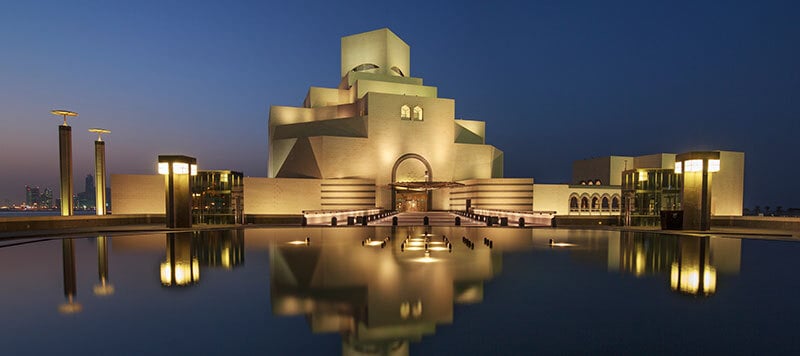
Riyadh
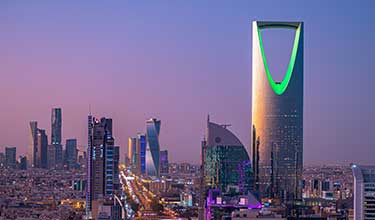
The capital of Saudi Arabia is Riyadh. It is located in the centre of the kingdom and presents an image of contrasts. The business district is typically modern with architectural skyscrapers of concrete and glass. The Old Town is in the neighbourhood of Diriyah where the ruined, mud-brick fortress of Al-Turaif is now a UNESCO World Heritage site. Accommodation choices include luxury hotels or self-catering apartments. Sophisticated shopping malls include the Kingdom Centre Tower and the Panorama Mall. The city has several green spaces, and there are also organised excursions to the local Riyadh Desert for quad biking.
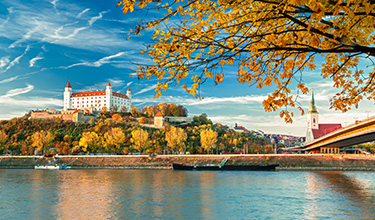

Jerusalem has a fascinating history as one of the world's oldest cities. It has powerful, religious significance for many faiths, and much of the city is a UNESCO World Heritage site. Famous landmarks date back thousands of years, including the Western or Wailing Wall which once formed part of an ancient Jewish temple. The landscape beyond the city contains beautiful, rugged scenery where there are hiking trails through pine forests and valleys. The modern centre of Jerusalem has exclusive shopping malls. There is also exciting nightlife with contemporary bars, restaurants, and live music venues concentrated near Zion Square.
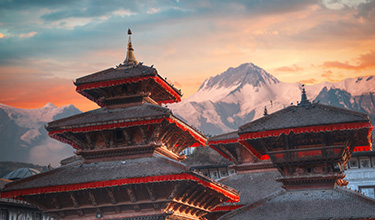
Kathmandu, the capital of Nepal, is a holiday destination unlike any other. Perched in the Himalayas at an altitude of 1,400m, it is home to over one million people and is located in the beautiful Kathmandu Valley. The city has a long history and was once part of the ancient Silk Road trade route. Today, Kathmandu is known for its rich culture, offering visitors many temples and shrines to explore as well as vibrant festivals throughout the year. Many travelers come to experience the colourful markets, lively nightlife, and delicious cuisine that are all part of life in Kathmandu. With its mountain views, bustling streets, and unique atmosphere, Kathmandu is an unforgettable destination for anyone looking for a truly memorable journey.
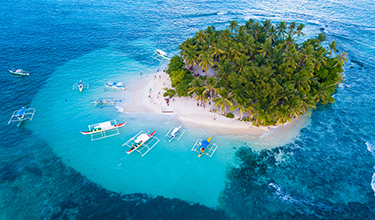
With diverse landscapes, stunning beaches, and crystal clear waters, the Philippine Islands are a paradise for those seeking adventure or relaxation. From the highlands of Luzon to the tropical rainforests in Mindanao, you’ll find plenty of outdoor activities such as hiking, white water rafting, and snorkeling. The laid-back atmosphere and friendly locals make it easy to feel at home in this vibrant country. Don’t forget to explore the many cultural attractions including old churches and traditional markets that will give you a glimpse into the rich history of the Philippines. Whether you’re looking for an adrenaline rush or just want to reconnect with nature, there’s something for everyone on these beautiful islands!
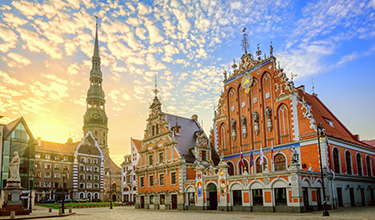
Riga, the capital city of Latvia, is a beautiful and charming holiday destination located in the heart of the Baltic region, offering a unique blend of history, culture, and modernity. Known for its picturesque Old Town, which is a UNESCO World Heritage Site, Riga has plenty of attractions for visitors to explore, including medieval, Gothic, and Art Nouveau architecture, world-class museums, delicious cuisine, and a lively nightlife scene. The city is also surrounded by beautiful nature, with nearby forests, beaches, and parks to explore. Whether you're interested in history, art, food, or simply enjoying a relaxing break, Riga is an excellent choice for a holiday destination.
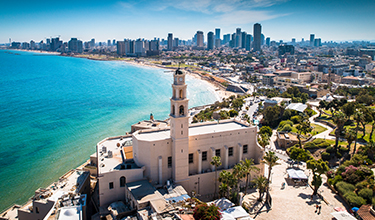
The city of Tel Aviv borders the Mediterranean Sea. It was founded in 1909 and has developed a distinctive image. It is often referred to as ‘the city that never sleeps' on account of the energetic nightlife of bars, restaurants, and cultural events. The architecture of the White City district features at least 4,000 buildings in the style of the Bauhaus movement of 1930s Germany. Tel Aviv is noted for its vast selection of parks and botanical gardens. Outdoor activities near the beaches include paragliding and scuba diving. There are also many hiking and cycling trails around the city.
© 2021 Brightsun Travel